Rudolf Nureyev was one of Russia’s most celebrated ballet dancers and choreographers. He was born on March 17, 1938, in the Lake Baikal region, in Siberian Russia. His mother gave birth to him on a train traveling to Vladivostok, where his father, a Red Army major, was stationed. He saw a ballet for the first time when he was 6, and decided to become a dancer. At 17 he entered the prestigious Vaganova Ballet Academy in Leningrad, now St. Petersburg. Three years later he joined the Kirov Theatre dance company, where he debuted as a soloist. In 1961 the Kirov toured Europe. Nureyev’s first performance in Paris was a great critical and popular success.
At the end of the tour, Nureyev decided not to return to the Soviet Union, seeking political asylum in France instead.
Over the following years he toured Europe and America, dancing with several companies. In Copenhagen he met dancer Erik Bruhn, with whom he began both an artistic and romantic relationship. Nureyev began experimenting with new dance techniques, mixing elements of classic and modern ballet. His leaps combined the verticality of classic ballet with the horizontality of modern ballet, giving audiences the impression that his body took flight. Thanks to Nureyev, male roles acquired the same expressiveness and importance traditionally associated with female roles. In 1962 he met British dancer Margot Fonteyn. The two would form a stage couple for many years. Together they danced with the London Royal Ballet. Nureyev applied his innovative ideas to choreography as well, embracing a motion-picture style. His version of Cinderella, set in 1930s Hollywood, was a particularly memorable performance. In 1977 he accepted an offer from British director Ken Russell to play the lead role in the movie Valentino.
At 45 he was appointed Artistic director of the Paris Opéra Ballet Company, which experienced new creative growth under his direction. In the mid 1980s Nureyev tested positive for HIV. AIDS was still a relatively unknown disease, and Nureyev underestimated the danger. In just a few years his body was seriously weakened and he was forced to perform less often.
In June 1991 he tried his hand at conducting, working at the Palais Auersperg in Vienna. The following year he presented “La Bayadere” [October 8, 1992] at the Paris Opéra. It was his farewell show, and he received a standing ovation. Nureyev died on January 6, 1993 in Paris. He was not yet 55. Rumors spread of a romance between Nureyev and English singer Freddy Mercury, who was also killed by Aids. However, this rumor has been denied by many sources: the two men simply shared the same tragic fate.
At the end of the tour, Nureyev decided not to return to the Soviet Union, seeking political asylum in France instead.
Over the following years he toured Europe and America, dancing with several companies. In Copenhagen he met dancer Erik Bruhn, with whom he began both an artistic and romantic relationship. Nureyev began experimenting with new dance techniques, mixing elements of classic and modern ballet. His leaps combined the verticality of classic ballet with the horizontality of modern ballet, giving audiences the impression that his body took flight. Thanks to Nureyev, male roles acquired the same expressiveness and importance traditionally associated with female roles. In 1962 he met British dancer Margot Fonteyn. The two would form a stage couple for many years. Together they danced with the London Royal Ballet. Nureyev applied his innovative ideas to choreography as well, embracing a motion-picture style. His version of Cinderella, set in 1930s Hollywood, was a particularly memorable performance. In 1977 he accepted an offer from British director Ken Russell to play the lead role in the movie Valentino.
At 45 he was appointed Artistic director of the Paris Opéra Ballet Company, which experienced new creative growth under his direction. In the mid 1980s Nureyev tested positive for HIV. AIDS was still a relatively unknown disease, and Nureyev underestimated the danger. In just a few years his body was seriously weakened and he was forced to perform less often.
In June 1991 he tried his hand at conducting, working at the Palais Auersperg in Vienna. The following year he presented “La Bayadere” [October 8, 1992] at the Paris Opéra. It was his farewell show, and he received a standing ovation. Nureyev died on January 6, 1993 in Paris. He was not yet 55. Rumors spread of a romance between Nureyev and English singer Freddy Mercury, who was also killed by Aids. However, this rumor has been denied by many sources: the two men simply shared the same tragic fate.
RELATED
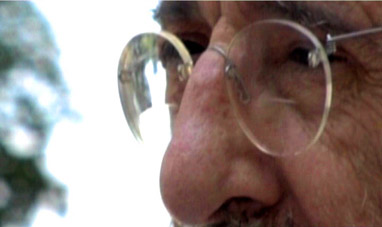

ÁLVARO SIZA VIEIRA
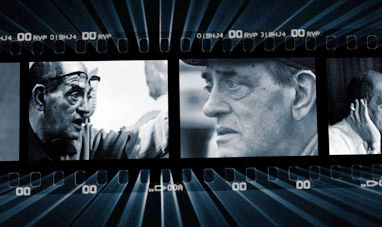

LUIS BUÑUEL
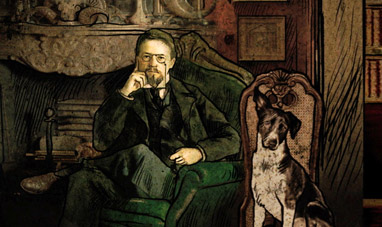

ANTON CHEKHOV


EUGENIO MONTALE
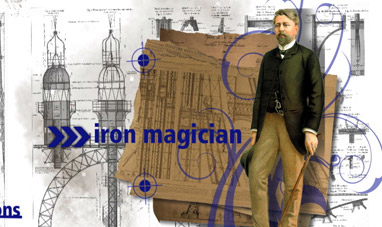

GUSTAVE EIFFEL
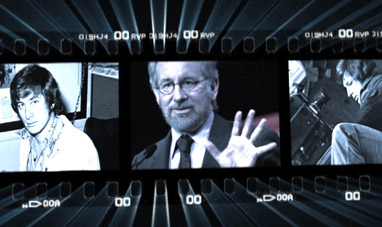

STEVEN SPIELBERG


DONATO BRAMANTE
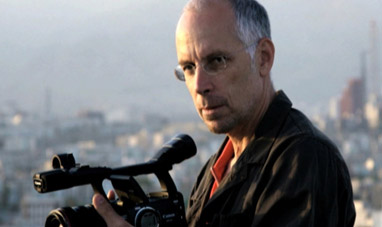

GABRIELE SALVATORES


ADOLF LOOS


PIERRE AUGUSTE RENOIR
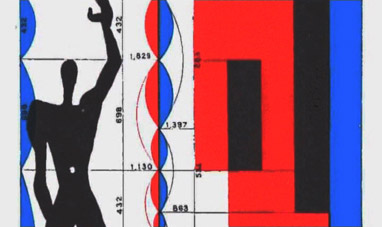

LE CORBUSIER


EUGÈNE VIOLET-LE-DUC
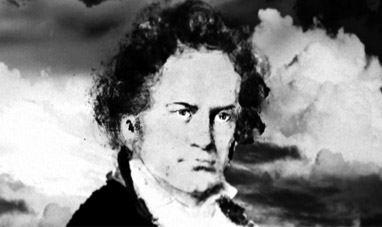

LUDWIG VAN BEETHOVEN
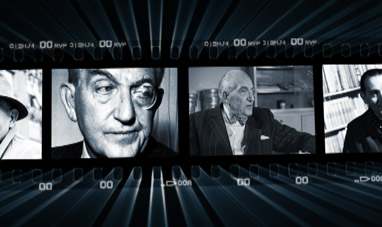

FRITZ LANG
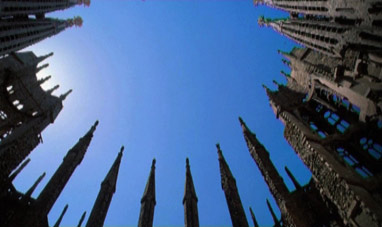

ANTONI GAUDÍ
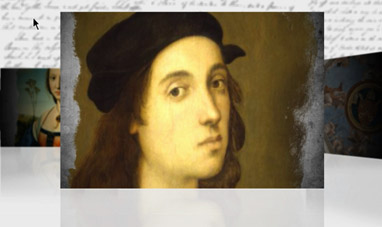

RAPHAEL
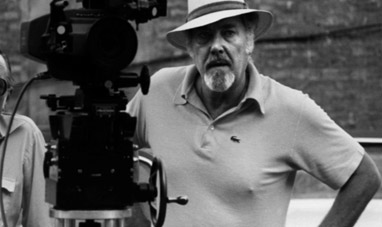

ROBERT ALTMAN
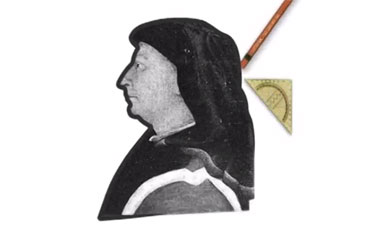

FILIPPO BRUNELLESCHI


ALESSANDRO MANZONI


RITA HAYWORTH


FRANK LLOYD WRIGHT
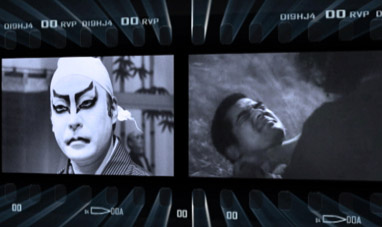

AKIRA KUROSAWA


GEORGES MÉLIÉS
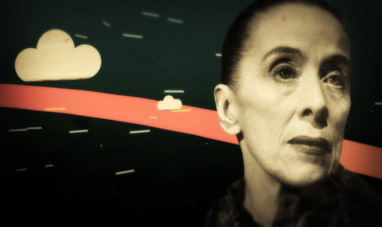

MARTHA GRAHAM
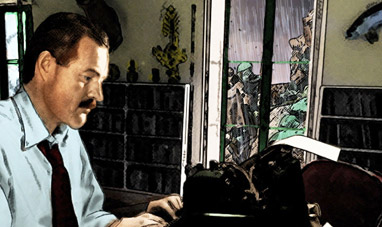

ERNEST HEMINGWAY


LEON BATTISTA ALBERTI


MARILYN MONROE


MICHELANGELO PISTOLETTO
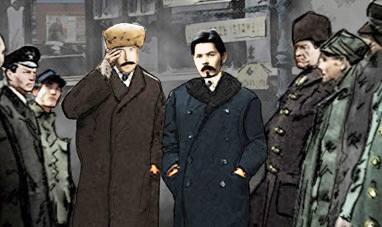

MAXIM GORKY
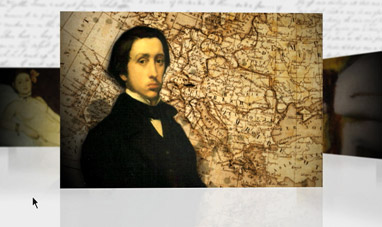

EDGAR DEGAS
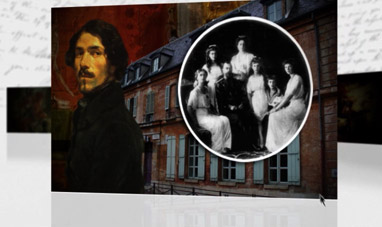

EUGÈNE DELACROIX
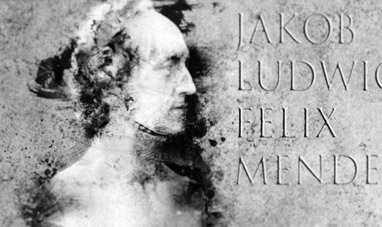

FELIX MENDELSSOHN


FRANCIS SCOTT FITZGERALD
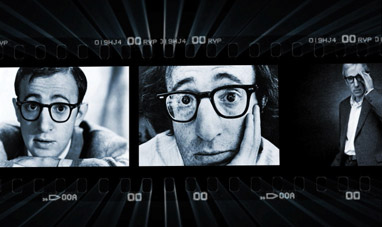

WOODY ALLEN


CLAUDE DEBUSSY
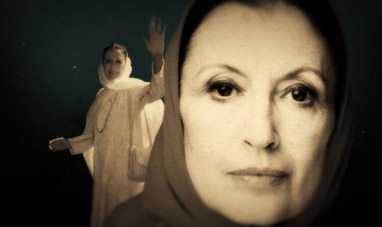

CARLA FRACCI
